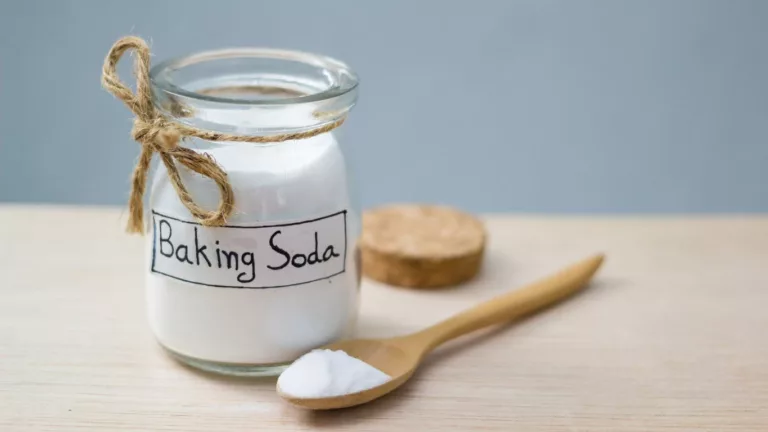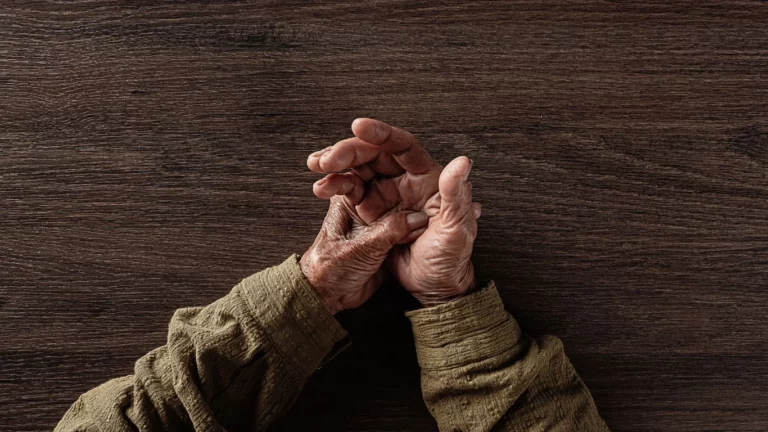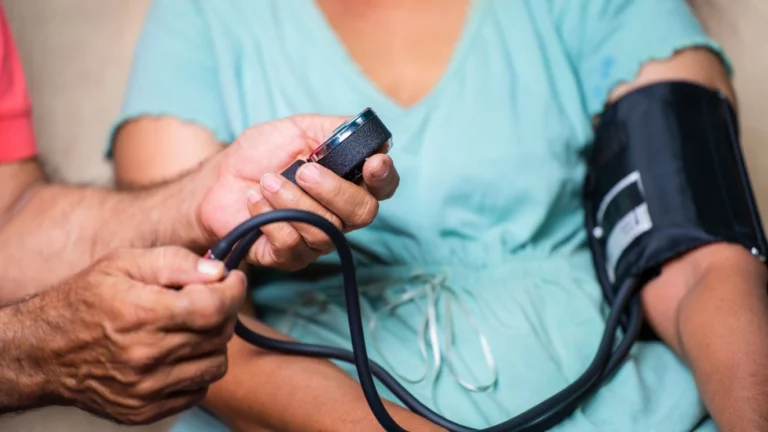Improve Grip Strength with These Effective Rheumatoid Arthritis Exercises
As a Rheumatology Nurse Practitioner, I’ve seen firsthand how debilitating rheumatoid arthritis (RA) can be, especially when it affects something as essential as grip strength. It’s one of those things that we often take for granted until it’s hard to open a bottle or even hold a pen. One of the most frustrating challenges for patients with RA is dealing with the daily struggle to maintain or improve grip strength. This is a crucial part of their ability to perform even the simplest of tasks, from tying shoes to lifting groceries. The good news is that while rheumatoid arthritis may be a chronic condition, there are effective ways to improve grip strength and restore some independence and confidence.
What is Rheumatoid Arthritis, and Why Does It Impact Grip Strength?
Rheumatoid arthritis is an autoimmune disease that primarily affects the joints, causing inflammation, pain, and swelling. Unlike osteoarthritis, which is mainly the result of wear and tear on the joints, rheumatoid arthritis occurs when the body’s immune system mistakenly attacks its own healthy tissues, including the synovium (the lining of the joints). Over time, this leads to joint damage, deformities, and a decrease in functionality.
One of the first areas where you may notice the impact of RA is in the hands. The fingers, wrists, and even elbows are common sites of RA-related joint damage. For many of my patients, they report waking up with stiff, swollen joints that make gripping things a challenge. For some, the pain becomes so severe that even simple tasks, like turning a doorknob or typing on a keyboard, become impossible without assistance or significant discomfort.
So why does this affect grip strength so much? It’s all about the joints in your fingers and wrists. The inflammation caused by RA can weaken the muscles and tendons surrounding these joints. As the condition progresses, this inflammation can lead to the breakdown of cartilage and bone, making it even harder to maintain a strong grip. But don’t worry, while RA certainly presents challenges, there are several ways to tackle the issue and improve grip strength.
How to Improve Grip Strength in RA: A Holistic Approach
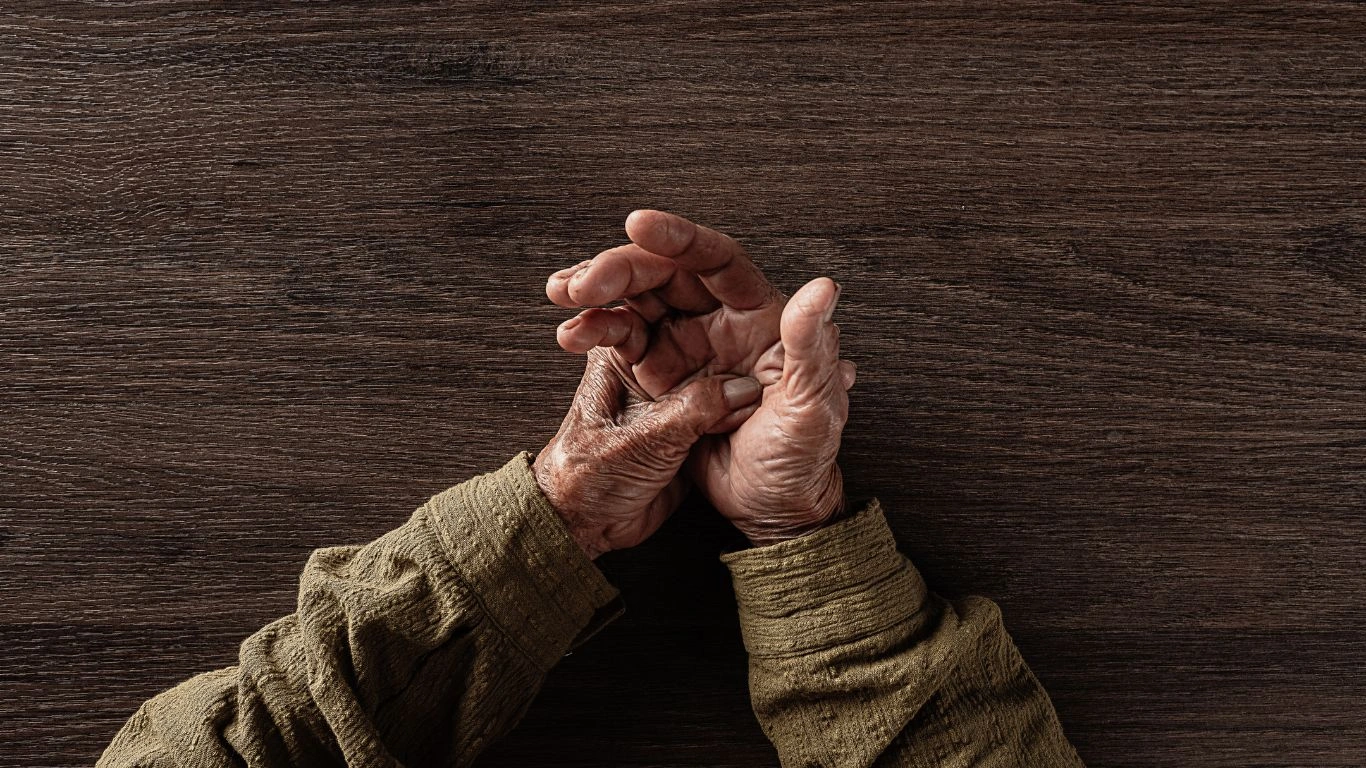
1. Physical Therapy and Occupational Therapy: The Foundation of Grip Strength
When it comes to improving grip strength, physical therapy (PT) and occupational therapy (OT) are often the first steps. These therapies are tailored to each individual and focus on exercises designed to strengthen the muscles around the affected joints. PT and OT not only help improve strength but also help reduce pain and prevent further joint damage.
One of the main benefits of seeing a therapist is that they can provide personalized exercises to improve your range of motion and strength in the hand and wrist. These exercises may include simple movements like squeezing a stress ball, using therapy putty, or doing gentle stretching exercises to maintain joint flexibility. Some patients even benefit from techniques like hot and cold treatments to reduce inflammation and improve circulation, which can help loosen up stiff joints and improve grip function.
As someone who works with RA patients every day, I can tell you that consistent therapy, even just a few minutes a day, makes a world of difference. It may seem daunting at first, but stick with it. Those small exercises can lead to significant improvements in your ability to grip and handle everyday objects.
2. Joint Protection: Using Adaptive Tools to Ease the Strain
Sometimes, improving grip strength isn’t just about building muscle; it’s also about finding ways to reduce the strain on your joints. For many people with RA, the pain comes from using their hands and wrists in certain ways. This is where joint protection strategies come into play. These strategies can involve using specialized tools designed to make daily tasks easier and less painful.
- Grip-Aid Tools: There are a variety of adaptive devices available that can help improve grip strength. For instance, modified utensils with thicker handles or tools that require less force to operate can help alleviate the strain on your joints. These tools can range from adaptive kitchen gadgets to special pens and pencils.
- Ergonomic Modifications: Another great option is modifying your workspace. Whether it’s a larger mouse, an ergonomic keyboard, or a chair that promotes better posture, these changes can help reduce the effort needed to perform tasks, ultimately giving your hands and wrists a break.
- Splints and Braces: Some people benefit from wearing custom splints or braces designed to support the wrists and fingers. These devices can help stabilize joints, reduce pain, and provide a bit more strength and support when gripping objects.
In my practice, I’ve had patients report immediate relief after introducing just a few joint protection techniques. It’s important to remember that these tools are not a replacement for therapy or exercise, but they can be a helpful addition to your overall strategy.
Image and Restorative Approaches for Joint Health
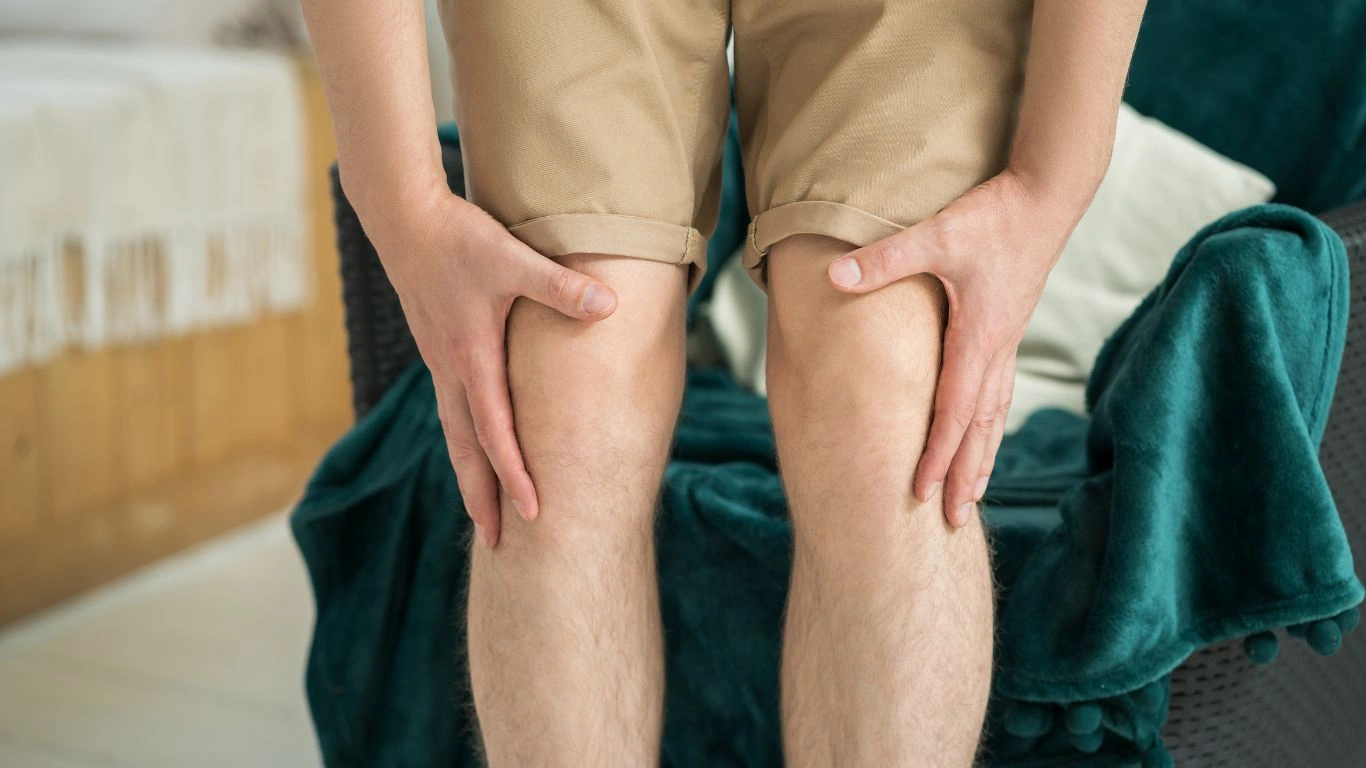
3. Medication and Inflammation Control
Managing the inflammation that comes with rheumatoid arthritis is crucial to improving grip strength. While physical therapy and adaptive tools can help with the symptoms, controlling inflammation with medication is often a key factor in achieving long-term improvement. Medications such as disease-modifying antirheumatic drugs (DMARDs) and biologics can help slow down the progression of the disease and reduce inflammation in the joints.
When inflammation is controlled, the pain lessens, and the joints become less stiff, allowing you to engage in exercises and use your hands with less discomfort. Keep in mind, medication needs to be prescribed by your healthcare provider, and regular follow-ups are necessary to track progress and adjust treatment plans as needed.
Over-the-counter pain relievers, such as nonsteroidal anti-inflammatory drugs (NSAIDs), may also help manage mild flare-ups. However, these should always be used under the guidance of your doctor, especially when dealing with chronic conditions like RA. Remember, there’s no one-size-fits-all approach, and it’s essential to have a treatment plan that addresses your unique needs.
4. Diet and Lifestyle Changes to Support Joint Health
Believe it or not, what you eat can also impact your RA symptoms, including grip strength. Many people find relief in incorporating anti-inflammatory foods into their diet. Foods like omega-3-rich fish (think salmon and sardines), nuts, seeds, and plenty of fruits and vegetables are excellent choices that may help reduce overall inflammation in the body.
Additionally, maintaining a healthy weight is crucial. Carrying extra weight puts more stress on your joints, particularly those in the hands, wrists, and knees. Eating well and staying active helps to manage not just RA symptoms but also overall joint health. Of course, always talk to your doctor or a nutritionist before making any drastic changes to your diet or exercise routine, as everyone’s needs differ.
Improving Grip Strength and Overall Functionality
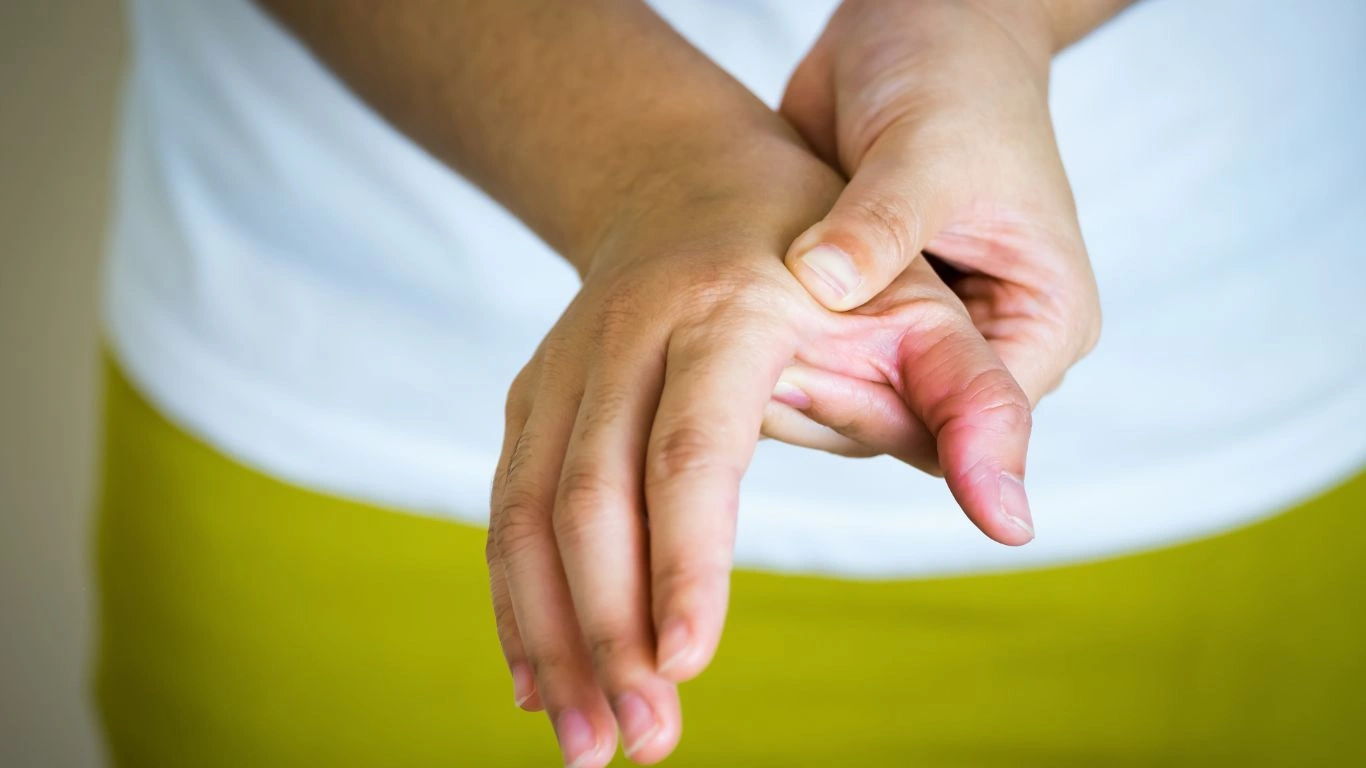
Exploring Additional Techniques to Strengthen Your Grip
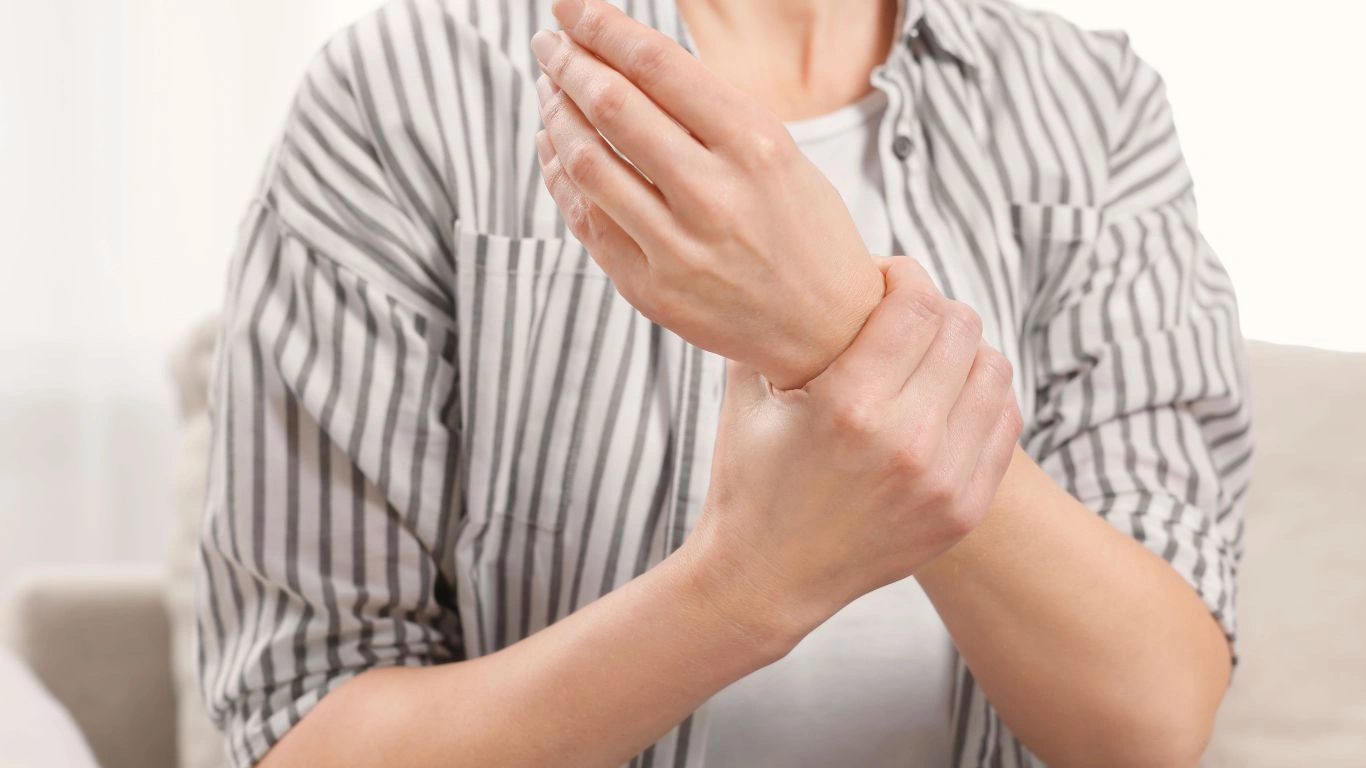
5. Targeted Strengthening Exercises for Hands and Wrists
Now that we’ve discussed the basics of managing rheumatoid arthritis (RA) and the importance of physical therapy and joint protection, let’s dive into specific exercises you can do at home or in the clinic. I always recommend that my patients begin with a few simple exercises to target the hands and wrists. These exercises can go a long way in maintaining or even improving grip strength. Yes, it might seem a bit daunting at first, but trust me, consistency is key!
One of the easiest exercises to start with is squeezing a stress ball. You don’t need any fancy equipment for this one – just a simple rubber ball or a soft, squishy ball will work. Start by holding the ball in your hand, making a fist, and gently squeezing for about 5 seconds. Release and repeat 10 to 15 times per hand. This exercise is a great way to improve both strength and dexterity in your hands.
Another effective exercise is wrist curls. These are great for strengthening the forearm muscles, which play a huge role in overall grip strength. For wrist curls, you’ll need a light dumbbell or even a household item like a water bottle. Sit with your forearm resting on your knee or a table, and let your hand dangle off the edge. Hold the weight and gently curl your wrist upwards, then slowly lower it. Perform 2-3 sets of 10-12 reps for each wrist.
Over time, with regular practice, you’ll begin to notice improvements in both your grip strength and your ability to perform everyday tasks. These exercises don’t need to be complicated; the goal is to build strength progressively without overexerting yourself. If you’re unsure where to begin, I always recommend checking in with a physical therapist who can guide you through more personalized exercises and make sure you’re using the right techniques.
6. Using Heat and Cold Therapy for Pain Relief
If there’s one thing I’ve seen in my years as a Rheumatology Nurse Practitioner, it’s the incredible impact that heat and cold therapy can have on managing joint pain. Both can help ease stiffness, reduce inflammation, and improve flexibility, making them powerful tools in managing rheumatoid arthritis.
- Heat Therapy: Applying heat to your joints can help relax tense muscles, improve circulation, and reduce stiffness. You can use a warm compress, heating pad, or even take a warm bath to soothe your hands and wrists. Many patients find that heat therapy is especially helpful first thing in the morning to loosen up their joints after a night of rest.
- Cold Therapy: Cold therapy is great for reducing swelling and numbing pain during a flare-up. An ice pack wrapped in a towel or even a frozen gel pack can be applied to the painful areas for 15-20 minutes at a time. This technique can help calm inflammation and give your hands a break during more intense episodes of RA pain.
Of course, it’s important to use these therapies carefully – avoid applying heat or cold for too long, and always make sure there’s a barrier (like a towel) between your skin and the heat/cold source to avoid burns or frostbite. These therapies are not a cure for rheumatoid arthritis, but they can offer temporary relief when used in conjunction with other treatments.
Managing Fatigue and Stress: Their Impact on Grip Strength
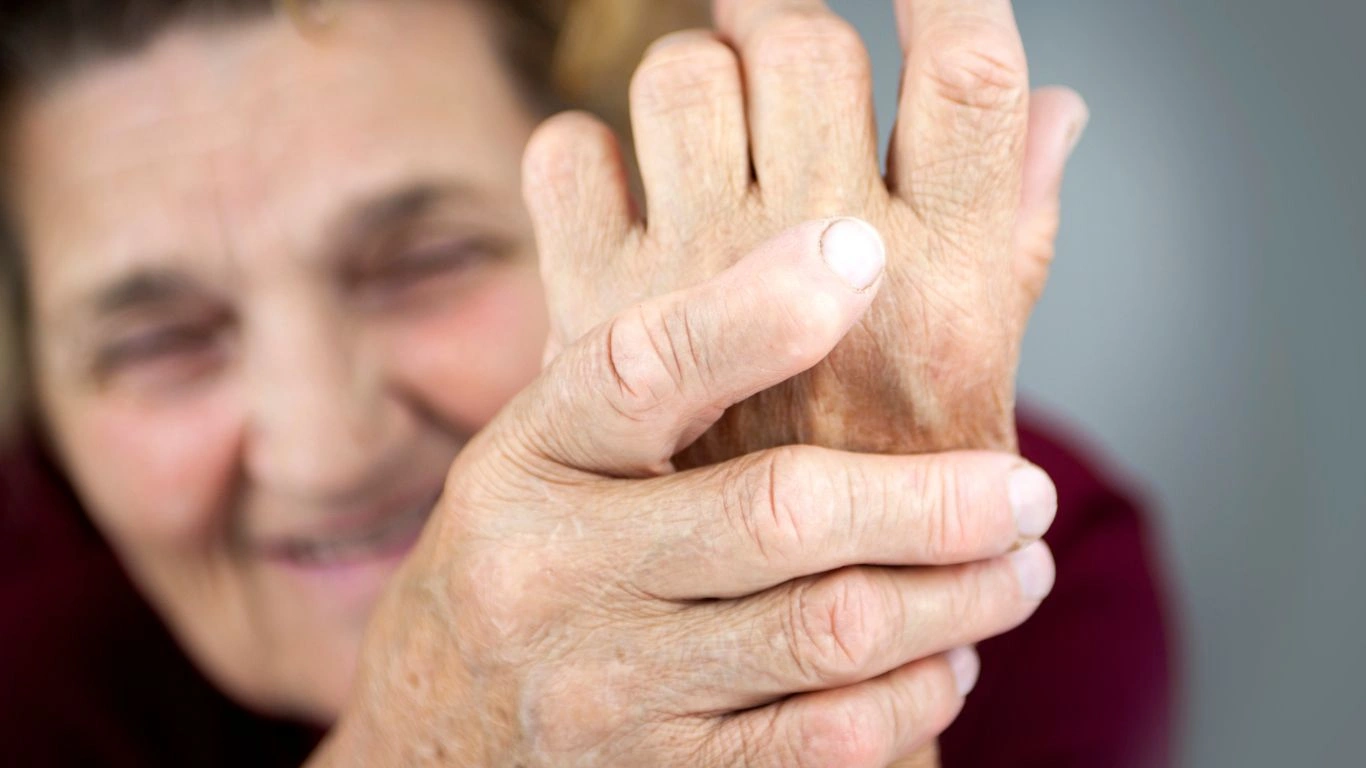
7. The Importance of Rest and Energy Conservation
Fatigue is one of the most common and often overlooked symptoms of rheumatoid arthritis. The constant pain, inflammation, and the body’s immune system working overtime can leave you feeling exhausted. When you’re tired, your muscles, including those responsible for grip strength, don’t work as efficiently, making it even harder to get through your day. It’s easy to push through the fatigue, but it’s so important to listen to your body and take rest breaks when you need them.
Energy conservation techniques can make a world of difference. For example, instead of standing for long periods to cook dinner, try sitting while chopping vegetables. Or, if you’re going grocery shopping, consider using a cart with a seat so you can rest whenever you feel fatigued. The goal is to find ways to accomplish tasks without overloading your joints and muscles, especially when your energy levels are low.
Additionally, breaking tasks into smaller steps or using adaptive tools to reduce the effort required can help you conserve energy throughout the day. The less strain you put on your body, the more likely you’ll be able to save some energy for physical therapy or grip-strengthening exercises. Remember, rest isn’t a sign of weakness – it’s part of managing your condition and improving your overall well-being!
8. The Mind-Body Connection: Managing Stress for Better Joint Health
As if the physical symptoms of rheumatoid arthritis weren’t enough, many of my patients also struggle with stress, which can make everything worse. Stress is a major contributor to inflammation in the body, and when your joints are already inflamed due to RA, it only compounds the issue. Learning to manage stress is a crucial part of improving grip strength and overall joint health.
Relaxation techniques like deep breathing, meditation, or even yoga can help reduce stress and promote overall health. It’s amazing how even a few minutes of mindfulness practice can reduce cortisol levels (the stress hormone) and help calm inflammation. I’ve had many patients tell me that incorporating a short, daily meditation routine not only helped reduce their stress but also improved their ability to move and grip objects with less discomfort.
Sometimes, finding an activity you enjoy can also be an excellent stress-buster. Whether it’s gardening, knitting, or simply going for a walk in nature, these hobbies can give you a break from the pressures of daily life and help ease the mental burden that comes with living with a chronic condition like RA. Keeping your mind relaxed and focused on positive activities is as important as keeping your joints physically active!
Managing Medications and RA Treatments Effectively

Long-Term Management: Sustaining Grip Strength Over Time
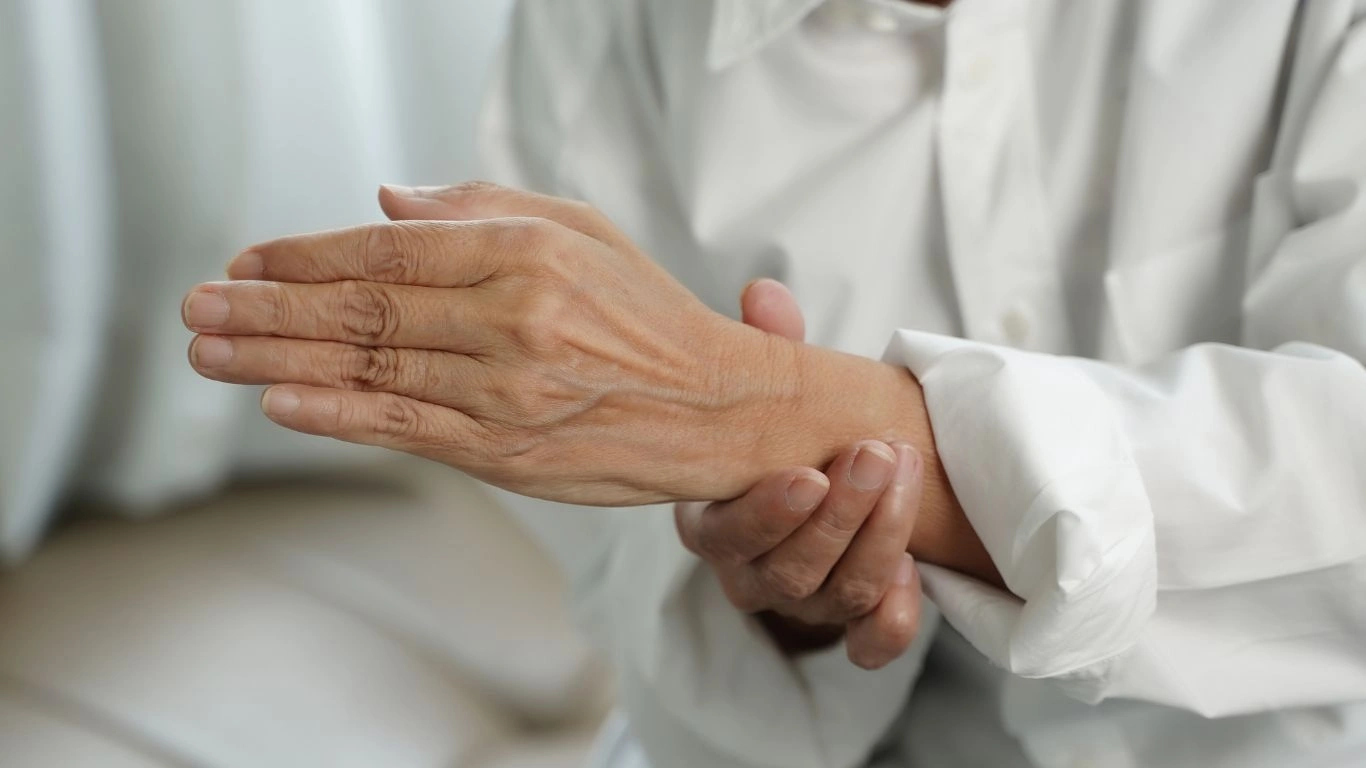
9. Monitoring Disease Progression and Adjusting Treatment Plans
Rheumatoid arthritis is a dynamic condition, meaning it can change over time. There are flare-ups and periods of remission, and sometimes, even with the best treatments, symptoms can worsen unexpectedly. That’s why it’s important to continuously monitor your disease progression and adjust treatment plans accordingly.
As someone who has worked closely with patients battling RA, I can’t stress enough how crucial regular check-ups are. Your rheumatologist can assess how your condition is progressing, adjust your medication regimen, and ensure that your physical therapy program is still suitable. Regular blood tests can also give a snapshot of how well your body is responding to medications and whether adjustments are needed.
In my practice, I encourage patients to keep track of any changes in symptoms, including grip strength. If you notice a sudden decline in your ability to grip objects or if simple exercises become more painful, it’s a red flag that your treatment may need to be adjusted. Working closely with your healthcare provider to catch these issues early can prevent further joint damage and help you maintain your grip strength longer.
10. Building a Support System: How Family and Friends Can Help
Living with rheumatoid arthritis is not just a physical challenge, but an emotional one too. Many people with RA experience feelings of frustration, isolation, or even depression. This is where a strong support system can make all the difference. Family members, friends, and even support groups can help lighten the emotional load that comes with managing a chronic illness.
From my experience, patients who have the support of loved ones are better equipped to handle the day-to-day challenges of RA. Whether it’s helping with tasks that require grip strength, like opening jars, or simply being there to listen when things get tough, a good support system can make a world of difference. It’s important to communicate your needs with those around you and make sure they understand the physical and emotional toll RA can take. Sometimes, just knowing someone’s got your back can reduce stress and improve your outlook.
In addition, joining support groups—whether in person or online—can provide a sense of community. These groups offer valuable tips, emotional encouragement, and real-life experiences from others facing the same challenges. It can be a great way to share coping strategies and find strength in knowing you’re not alone in your journey.
Living a Full Life with Rheumatoid Arthritis: Embracing the Journey
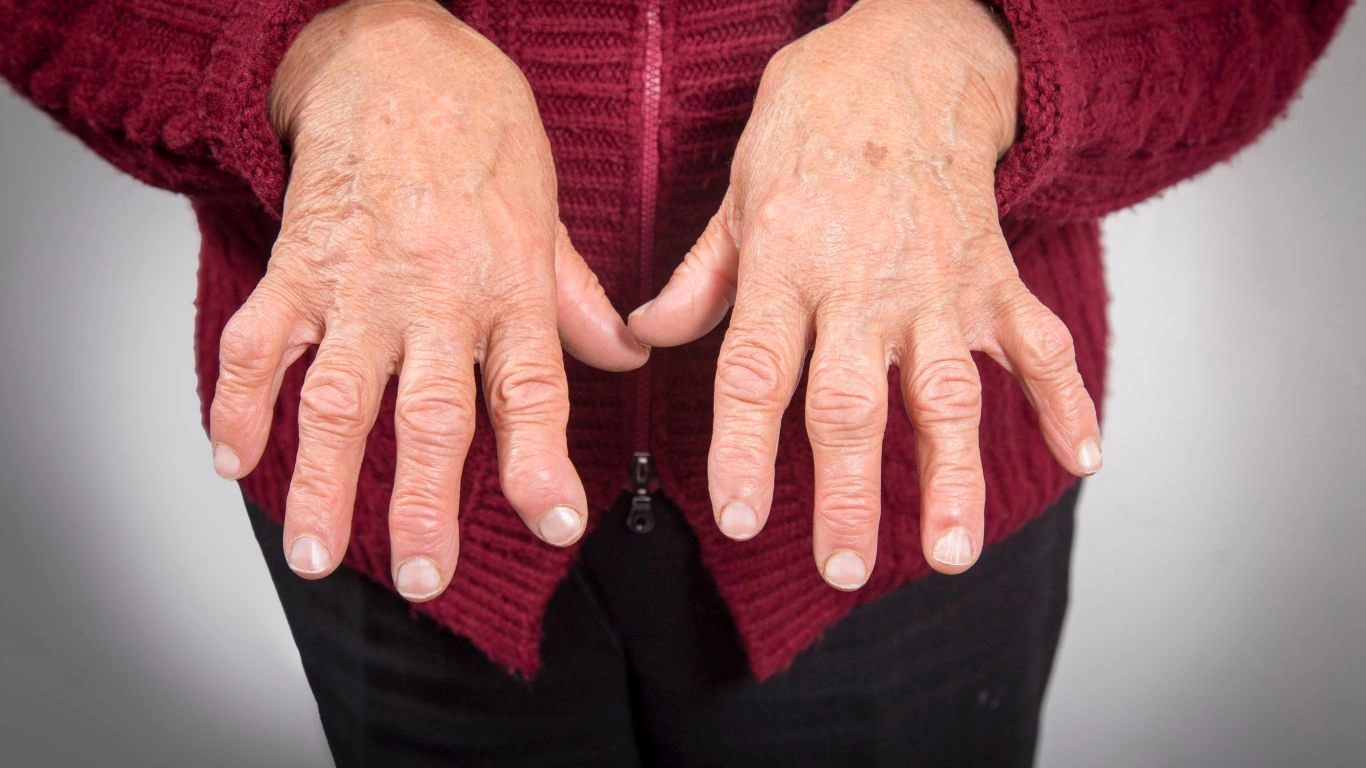
11. Adapting to New Lifestyles and Embracing Change
One of the most powerful lessons I’ve learned from my patients is how resilient the human spirit can be. RA may limit certain physical abilities, but it doesn’t mean your life is over. It’s about adapting to a new way of living, setting new goals, and finding joy in things that might not have been possible before.
Improving grip strength is part of that adaptation, but so is learning how to live well with the disease. Embracing assistive devices, adjusting your environment for accessibility, and finding new hobbies that don’t strain your joints are just a few ways people with RA can continue to live fulfilling lives. And let’s not forget about the importance of self-care. Your mental health plays a significant role in how well you manage physical health. So, take time for yourself, relax, and find joy in activities that nurture your body and soul.
For example, many of my patients have found relief and joy in water aerobics or swimming. The buoyancy of water reduces strain on the joints while providing a full-body workout. Additionally, hobbies like painting, knitting, or even gardening (with some modifications) can offer creative outlets without putting too much strain on your hands and wrists. Embrace the new normal, and don’t be afraid to try new things!
12. The Role of Technology in Managing RA
Technology is another powerful ally in managing rheumatoid arthritis. From health apps to wearable devices, technology can help track symptoms, monitor medication, and even provide virtual physical therapy sessions. In my practice, I’ve seen many patients take advantage of RA-specific apps that track flare-ups, joint pain, and medication side effects. Some apps even provide reminders for exercises or medication schedules, which can be incredibly helpful in staying on top of your treatment plan.
Wearable devices that monitor joint movement and activity are also emerging as useful tools for RA management. These devices can give both you and your healthcare provider valuable insights into how well your joints are functioning throughout the day. This can help identify patterns in pain, fatigue, or reduced grip strength, and allow for more precise adjustments to your treatment regimen.
Additionally, virtual support groups and online communities have become increasingly popular. These platforms allow people with RA to connect, share experiences, and seek advice, all from the comfort of their own home. This type of connectivity has been especially important during times when in-person interactions were more challenging, like during the COVID-19 pandemic.
References
Disclaimer
The information provided in this article is for informational purposes only and should not be taken as medical advice. Always consult your healthcare provider before making any changes to your treatment plan or lifestyle. The author is a Rheumatology Nurse Practitioner, but individual care plans should be tailored by your healthcare team.

Tarra Nugroho is a dedicated Nurse Practitioner with a strong foundation in family and preventive care. She brings both compassion and clinical expertise to her practice, focusing on patient-centered care and health education. As a contributor to Healthusias.com, Tarra translates medical knowledge into clear, empowering articles on topics like women’s health, chronic disease management, and lifestyle medicine. Her mission is simple: help people feel seen, heard, and informed—both in the clinic and through the content she creates. When she’s not caring for patients, Tarra enjoys weekend hikes, plant-based cooking, and curling up with a good health podcast.




